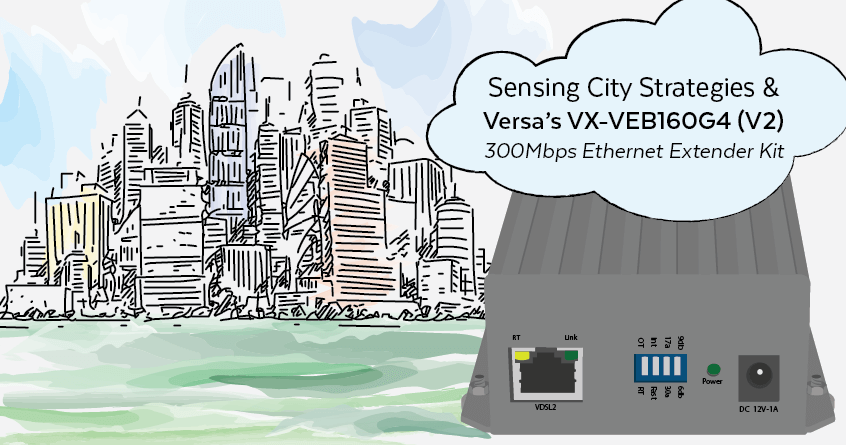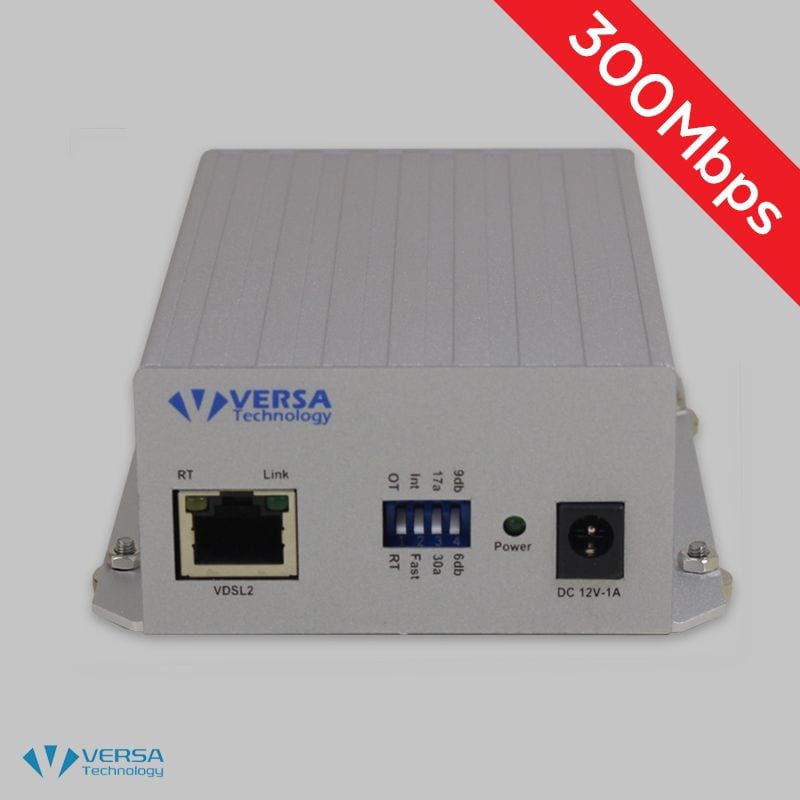Memory fails as to who actually coined the phrase, but living in a smart home will eventually feel like living inside of a robot. The flow of life, work, and travel will become so tailored that we might begin to wonder how those who lived in earlier times survived.
Imagine how much easier life would have been for Ben Franklin. “Alexa, dost thou know when thunder and lightning will overflow the skies?”
“Okay, Ben,” Alexa replieth, “There’s a seventy percent chance of rain this afternoon.”
“I thank thee.”
“You’re welcome.”
But, I digress.
As our homes, workplaces, and cities become increasingly connected and smart, what technology will innovators rely on to drive this transformation? The answer is sensors.
The “linchpin” to these “self aware” environments will definitely be the sensor. These devices will read our reality and supply billions of data points to super computers for analysis to help developers innovate. It’s going to be interesting to watch.
Many of us have witnessed this phenomenon on our roadways. Street lights adjust to the flow of traffic. An announcement of an accident appears on a roadside marquee redirecting motorists to the fastest alternate route to their destination.
Tech giants like Alphabet Sidewalk Labs have witnessed this. The Google parent company is tapping into sensors to find ways to improve city life. The team is immersed in a 12-block test project along the waterfront in the city of Toronto in Canada, to see how a sensing city can inform design and accessibility for the citizens there.
The waterfront or Quayside project is going to be built from the ground up.
Installers don’t always have that luxury. So how do organizations and cities “back-fill” getting sensing devices into the odd places they’re needed to collect data?
Solving the Problem of Remote Sensors
As an IT networking pro easing your way into the Internet of Things (IoT), you’re probably thinking about practical and effective ways you and your team will be installing sensors.
- Around a client’s home
- In an office or government building
- On a college campus
- Across municipal infrastructure like atop a bridge or cell tower
Whenever a remote installation is required, Ethernet extenders are able to provide a simple, one-cable solution.
What Is An Ethernet Extender?
Also known as a repeater, an Ethernet extender is an IEEE 802.3 compliant device that allows a connection to a local area network (LAN) that is beyond the standard cable distance of 100 meters [330 feet], the distance that data can travel over copper.
An Ethernet extender is commonly used to connect remote devices, such as, CCTV cameras, sensors, wireless access points (WAPs), display screens, point of sales kiosks, and security access technologies like retinal scanners or badge readers.
Ethernet extenders are used for copper Ethernet cabling solutions like twisted pair and 4-wire options. They help connect devices that would otherwise access a wireless area network (WAN) but do not have a clear sight line (wireless signal path).
Our Extender, The VX-VEB160G4 (V2)
The VX-VEB160G4 (V2) is a best in class PoE compliant device with the fastest speeds for this type of device anywhere. It can be deployed at distances of up to 9,000 feet (2,743.2 meters). It’s the perfect option to implement a remote sensor in a variety of settings and can weather temperature extremes between -40°C/F to 75°C (167°F).
Essentially, the VX-VEB160G4 (V2) is a perfect option for that remote sensing device indoor or out, that needs to deliver data and power over one single legacy copper cable.
Where Sensing City Sensors Will Be Deployed
Smart cities and sensing cities are in varying degrees of development around the globe. Toronto isn’t the only place a sensing city is being implemented. Christchurch in New Zealand is another project.
Sensing cities monitor flows of people, traffic, quality of water and other essential services.
Some of the ways that sensors are collecting data are listed.
- Electrical grid management
- Smart parking facilities
- Public safety management
- Water quality management
- Electric vehicle charging stations
- Real-time scheduling and tracking of local transportation
- Public information access points
- Air quality control
- Noise reduction management
All of these factors will be monitored and managed to make quality of life better for residents.
Sensing City Dashboard Simulation
To give you an idea of how this might be communicated to decision makers, here’s a sensing city dashboard simulation developed by MIT Portugal that shows an overhead grid and power consumption levels within different sectors of a city.
Power consumption spikes indicate the presence of a local event or it could be an alert that informs authorities of infrastructure problems. This could save time and considerable amounts of money as it not only identifies location but could also diagnose problems and remove delays and guesswork as to the proper resolution.
Development in Toronto
Developmental Sequence for the Alphabet project in Toronto. Not surprisingly, infrastructure is the first layer of this project. You have to have the bones to support all of the services.
Smart, Slow Development Over Time
It’s probably not realistic to think that a project like building a sensing city from the ground up has an end date. It’s just one of those things in life that will continue to evolve as needs become apparent and technology is developed.
One of the reasons Rohit Aggarwala, the project lead for Alphabet Sidewalk Labs, is calling the Quayside a sensing city is that he feels the term “smart city” is obsolete.
The term smart city is too closely associated with software products focused on wringing maximum efficiency out of cash-strapped city services.
Makes sense. Sensing brings with it the idea that conclusions that are drawn and implemented in design will be based on empirical data from the sensors. It will remove human bias based on pre-conceived notions and stay true to fact.
If you would like to learn more about Power over Ethernet and the capability to deliver power and data over one cable, please check out our Power over Ethernet page.


